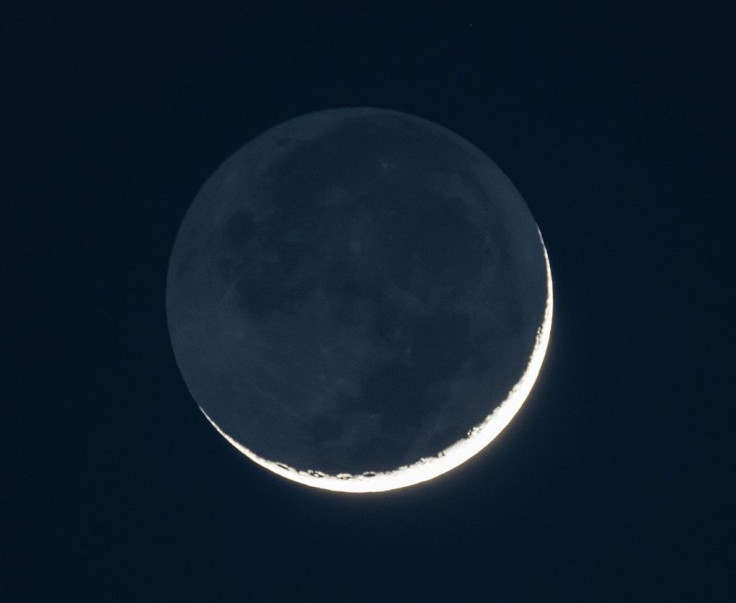What's An Earthshine? Skywatchers Can See The 'Da Vinci Glow' This Week
KEY POINTS
- The Earthshine on the moon will be visible to skywatchers this week
- The phenomenon is best observed days before and after the new moon
- This adds to the many things skywatchers can look forward to seeing in the night sky
This week, skywatchers can catch a glimpse of a phenomenon that captured even Leonardo Da Vinci's imagination hundreds of years ago.
The moon is quite easy to marvel at, especially when it is fully illuminated during the full moon. But there is a phenomenon that makes the dark face of the moon shine in an eerie but stunning glow. Called an Earthshine, it happens when the sun's light reflects off the Earth's surface then bounces off the moon. When this takes place, the dark face of the moon appears as though it were having a rather ghostly glow.
As NASA explained, this is best viewed days before and after a new moon because the light side of the moon is not as illuminated, making the Earthshine more noticeable. This November, the Earthshine will be best observed after sunset from the 17th to the 20th, the agency said.
This phenomenon varies in brightness throughout the year, with some times providing better opportunities to view the Earthshine than others. In 2021, for instance, Time and Date noted that the best times to view the Earthshine will be after the new moons in April and May.
Although perhaps not as grand as other sky events, like the Leonid meteor shower that will also peak this week, the Earthshine adds to the many things that skywatchers can look forward to seeing in the night sky.

The Da Vinci Glow
In a feature in 2005, NASA explained that this phenomenon is also called the "Da Vinci Glow." This is because it was Leonardo Da Vinci who, some 500 years ago, proposed a theory that this "ghostly glow" was because the sunlight was bouncing off the Earth's oceans and then hitting the moon.
Although he got some things incorrect, like the sunlight bouncing off the Earth's oceans instead of clouds and the moon having its own atmosphere and oceans, he did have a basic idea of science even in the 1500s.
This seemed at the time to be a product of a "wild imagination," NASA said, especially considering that even Copernicus' sun-centered theory was only published 24 years after Da Vinci's death.
Still, his "wild imagination" at the time took him quite close to the science we know today.
© Copyright IBTimes 2024. All rights reserved.






















